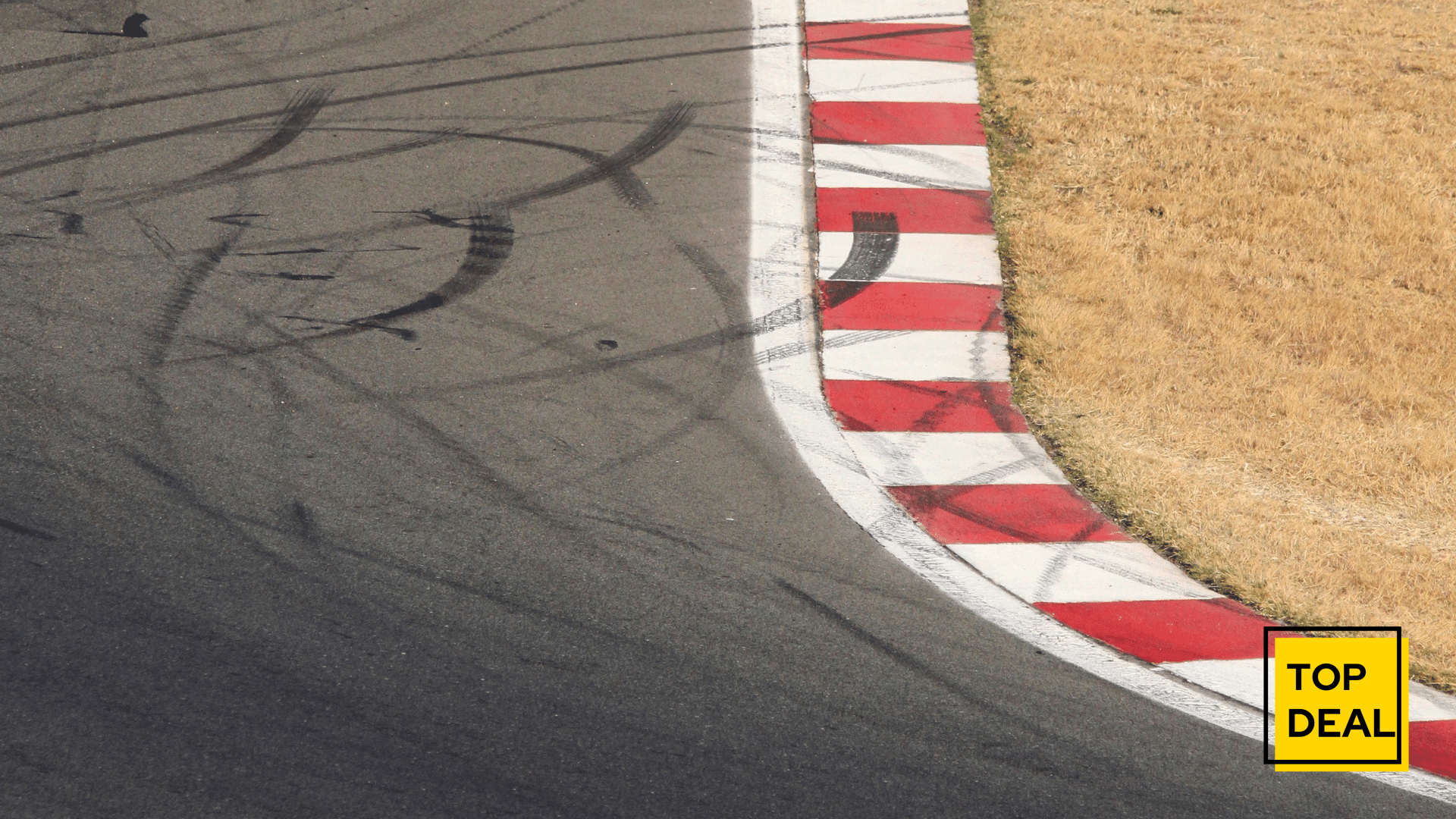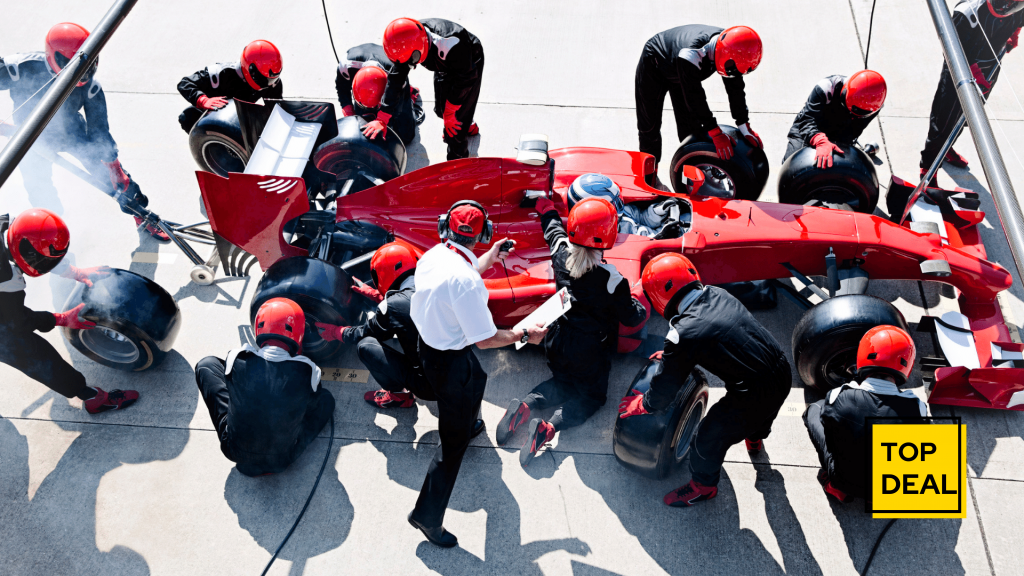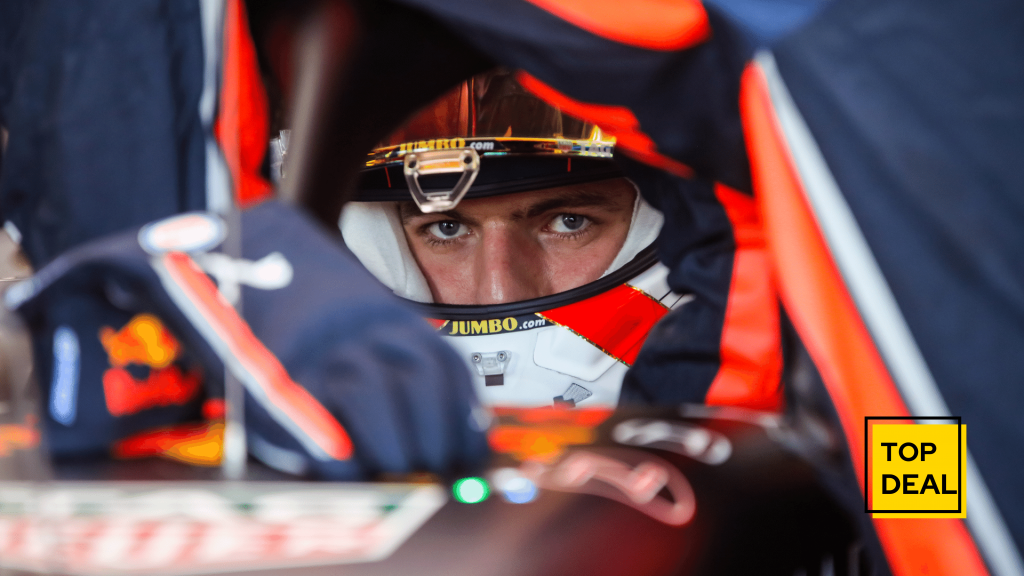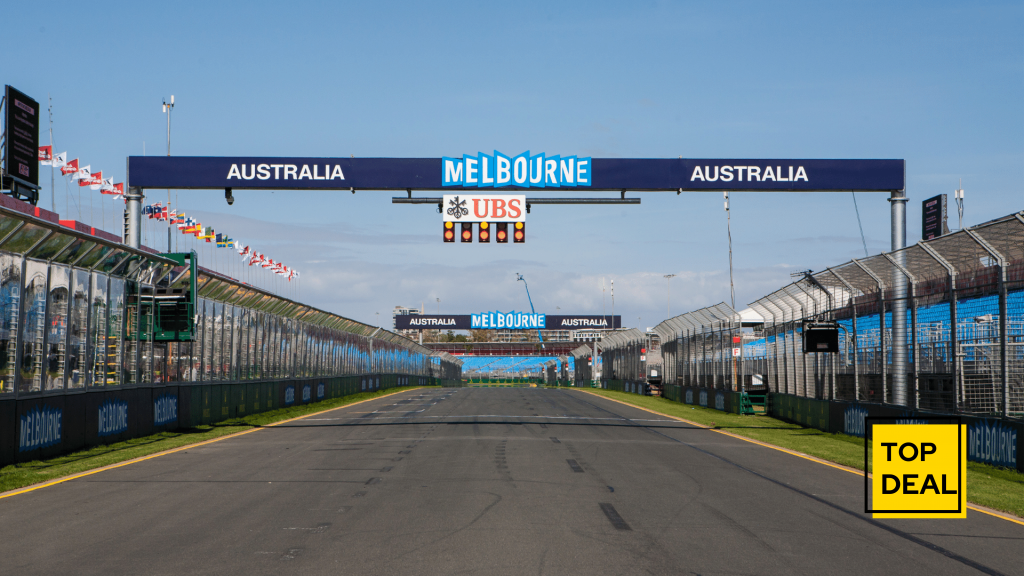
Your First Grand Prix – What You Need To Know In 2021!
Well, this is it. The time has come for you to attend your very first Grand Prix race! You’re pumped up. You’re ready to go. Your buddies are coming with you to share the experience, and the other regulars in the group are bringing their significant others or family members along too.
You know that there’s a lot of information flying around about this Formula 1 stuff, but it’s hard to figure out what actually matters when selecting which race weekend to attend. All of your friends have been to a race before, but when you ask them about their experiences, they seem to only offer up tantalizing bits and pieces that lead you down a rabbit hole of information.
“Well,” they say, “I don’t really remember much from the race itself. When I think back on it what I mostly remember is how we got there.” Sure enough though, by googling this innocuous statement you end up learning all sorts of details about lodging options in the vicinity of the track or local rules for buying alcohol at a Grand Prix event or whether or not it’s worth picking up a rental car…but you still don’t actually know if it’s worth going to this race.
Table of Contents
What Is A Grand Prix?
A Grand Prix is a race between Formula 1 teams. It takes place on a track that can be anywhere from 4 to 10 miles long.

The cars are called F1 cars because they are the fastest open-wheel racing cars in the world at present, though you may also hear them referred to as “open-wheelers.” Open wheelers have exposed wheels that are visible while looking into the rear of the car, whereas closed wheelers have covered wheels that may only be seen when peeking under or lifting up an edge of the bodywork. The F1 cars being used today all have turbocharged V6 engines with hybrid systems using either super-capacitors or batteries.
Formula 1 Races occur over three days: On Friday there are two practice sessions, on Saturday morning there is a third hour-long session before the qualifying session, and on Sunday there are 56 laps of the race itself.
The Cars And The Track
Each car is individually tested for its level of performance. They are then assigned an engine power that takes into account how many miles they can travel per unit of fuel used. Once all of this testing and re-testing is finished, the cars are given to team engineering staff who sort them according to each driver’s liking. After this process has been completed, each driver will drive out onto the track for some sighting laps in order to familiarize themselves with the layout.
Every F1 track requires different styles of driving due to its unique characteristics. The track at the Circuit Gilles Villeneuve in Montreal is a tricky one that requires a great deal of skill in order to navigate successfully, while the Baku City Circuit in Azerbaijan is a long straightaway with a very tricky chicane right before the start/finish line.

A lap around Monaco’s street circuit takes about 1 minute and 25 seconds, the fastest lap time of any circuit around the world;
What You Need To Know Before Attending Grand Prix Race
You need to know that attending a Grand Prix race is not just about watching the cars whoosh by from a seat in the stands. It’s also an entire weekend-long event filled with activities and entertainment for all ages! Some F1 fans even go camping out on the circuit overnight so as to secure a good viewing spot for first thing in the morning, so don’t feel deterred if you need to sleep at some point during your first race weekend.
The Parade Lap: The biggest moment of any race happens right before the cars even start their engines! The drivers will be given flags that they must wave as they pass by celebrity grand marshal(s) positioned along with various points around the track. This lap is called the parade lap.
The Grand Prix Race: Once the cars have passed by their grand marshal(s), they will make a U-turn and be parked off to the side of the circuit, awaiting the race start. At this time there is a final 60 seconds of entertainment before lights flash around the track to signal that it’s time for drivers to start their engines.
The lights then turn off and the race is underway!
Conclusion
Remember to make sure you get there early enough to secure a good seat; bring earplugs (if noise bothers you), sunscreen, consider bringing an umbrella if it looks like rain; eat some healthy foods like fresh fruit and veggies before leaving for the track because eating unhealthy food at the track will only leave you feeling sluggish; be respectful at all times of where you are sitting; stay hydrated by drinking water throughout the day (and limit yourself on alcohol); try not to follow one team too closely since they’re bound to let you down. Most importantly though, enjoy the race!


